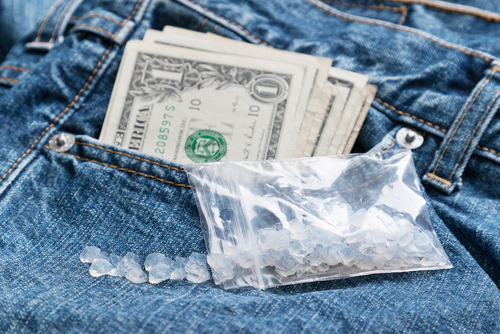Eating For Your Chakras?
The chakras are seven spiritual portals or centers in the body which interact with different emotions and functions. Aligning the chakras in a healthy and balanced way is said to help the body optimize energy flow, bringing someone fully into the present, as well as to enlightenment. Spiritual work, therapeutic work, yoga, meditation and diet, can all help support the chakras.
Root Chakra
Location: Base of spine
Connected to: Security, feeling grounded, feeling safe
Eating for the Root Chakra: Collective Evolution explains that the root chakra’s symbolic color is red. Red foods or foods with a strong red pigment will help recharge and balance your root chakra. Avoid red dyes and artificially colored foods. Instead, opt for whole foods like red fruits (think strawberries, raspberries, pomegranate, and cherry) and red vegetables (red bell pepper, beets). Red meat is a powerful protein that can help with healing in this area.
Sacral Chakra
Location: Below the naval
Connected to: Creativity, Passion, Commitment, Lower Back
Eating for the Sacral Chakra: The color for the sacral chakra is orange. Deeply orange fruits like oranges, tangerines, and most citrus as well as mangoes will be good for bringing balance to the sacral chakra. Vegetables like carrot, squashes, yams, and pumpkins will help as well.
Solar Plexus Chakra
Location: Above the naval
Connected to: Self-Esteem
Eating for the Solar Plexus Chakra: The solar plexus embodies your personal power and sense of self. Eating for this chakra helps you feel strong and connected to who you are. Yellow is the color for this chakra. Look for bananas, pineapple, yellow bell peppers, lemons, yellow lentils, and even oats.
Heart Chakra
Location: Center of the chest
Connected to: Love, Gratitude, Joy, Compassion
Eating for the Heart Chakra: A balanced heart chakra is the difference between jealousy and contentment, codependency, and healthy boundaries. To balance and heal the heart chakra, opt for green foods, the color of the chakra. All of your leafy greens, green vegetables, and green fruits like apples and kiwis will help.
Throat Chakra
Location: Center of the throat
Connected to: Speaking, Expression, Voice
Eating for the Throat Chakra: Ever get a lump in your throat? When you can’t express yourself or speak your truth, you lose your voice- literally! Supporting the throat chakra with food can help open that channel and help you express yourself. The color for this chakra is light blue. Blueberries are a powerful antioxidant and great food for this chakra. Try the ancient fig as well.
Third Eye Chakra
Location: Between your eyes, above your brow line
Connected to: Critical thinking, Clarity, Seeing the Truth
Eating for the Third Eye Chakra: Being disillusioned by lies can block the third eye. In recovery, you are gaining wisdom each day by learning to discern between what is real and what is not real, what can be controlled or changed and what cannot. To support your third eye chakra, eat darker blue foods that are almost purple like purple versions of normally other color vegetables (broccoli, kale, carrots, green beans), eggplant, plums, and grapes.
Crown Chakra
Location: Top of the head
Connected to: Enlightenment
Eating for the Crown Chakra: Having a balanced crown chakra is a culmination of personal recovery. You are able to recognize your true inner self and view the world in an enlightened way. Collective Evolution suggests light fruits and vegetables that are connected to roots for the crown. To truly nourish your crown chakra, spend time outside, drink lots of water, and get plenty of sunshine.
Enlightened Solutions believes that holistic healing therapies can be a key to success in healing mental health and addiction disorders. Our program combines spiritual healing modalities with clinical therapy and twelve step philosophy to provide total transformation. For more information, call 844-234-LIVE.





















